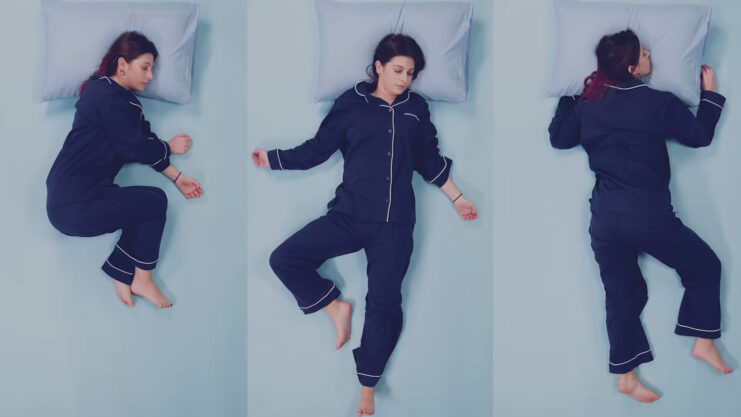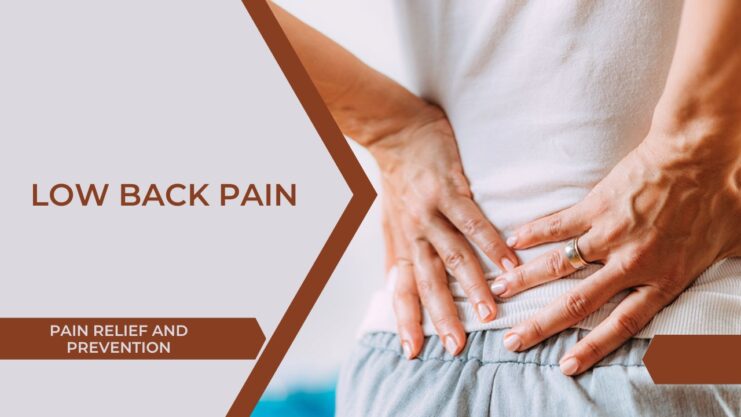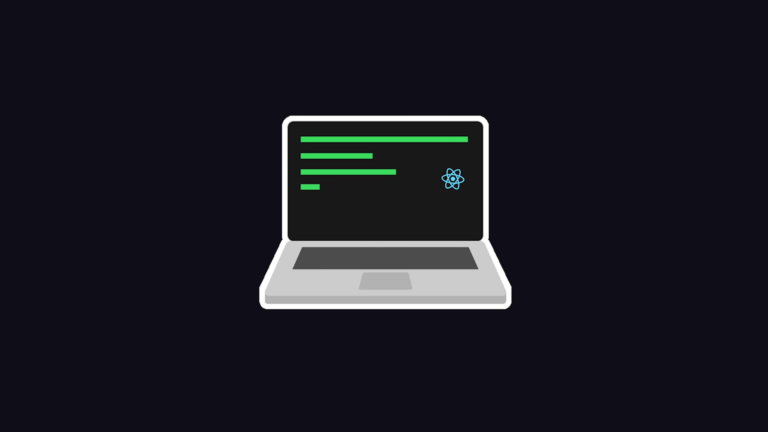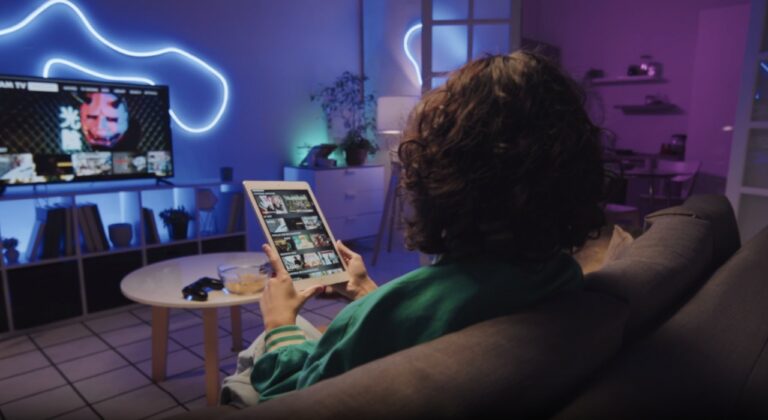Back pain, particularly in the lower region, is something that many of us have grappled with at some point in our lives. It sneaks up on us when we least expect it, like an uninvited guest, disrupting our daily routine and forcing us to put our lives on hold.
One moment, you might be savoring the satisfaction of completing a tough workout or finally moving that stubborn piece of furniture that’s been bothering you, and the next, you’re clutching your lower back, grimacing in pain. Such is the unpredictable nature of back injuries, often caused by activities that push our muscles beyond their usual limits.
Often, these injuries can be traced back to a muscle strain or spasm, sprains of ligaments, or joint problems. But among all, a condition that sends a shudder down our spines, both literally and figuratively, is a “slipped disk.”
This misnomer is akin to a stealthy adversary, emerging from the shadows when we twist our bodies while lifting something heavy. The term ‘slipped’ is a bit of a misnomer, as the disk doesn’t actually slip but bulges out between the bones, pressing against nerves and causing us discomfort or pain.
What can I do for relief when I’ve hurt my lower back?

If you’re resting a hurt back, you may need 1 to 2 days of this sort of rest. Resting longer than this can cause your muscles to weaken, which can slow your recovery. Even if it hurts, walk around for a few minutes every hour.
What else can I do for relief?
Heating pads can help to relax painful muscle spasms. Use heat for 20 to 30 minutes at a time. Ice packs and massages may also give relief.
- Pain goes down your leg below your knee.
- Your leg, foot, groin or rectal area feels numb.
- You have fever, nausea or vomiting, stomachache, weakness or sweating.
- You lose control over going to the bathroom.
- Your pain was caused by an injury.
- Your pain is so intense you can’t move around.
- Your pain doesn’t seem to be getting better after 2 to 3 weeks.
Is there relief for ongoing back problems?

Treatment of ongoing back problems must be directed at the cause. This may mean losing weight (because being overweight can make back pain worse), getting your muscles in better shape, and improving your posture when you’re sitting, standing and sleeping.
Keep fit with regular exercise like walking, swimming or biking. These activities actually stress your back less than sitting and standing do. Exercises like “tummy crunches” or modified sit-ups reduce the curve in your lower back. This makes it less likely that your back will hurt.
Tips for preventing back strain
- Don’t lift by bending over. Lift an object by bending your hips and knees and then squatting to pick up the object. Keep your back straight and hold the object close to your body. Avoid twisting your body while lifting.
- Push rather than pull when you must move heavy objects.
- If you must sit at your desk or at the wheel of a car or truck for long hours, break up the time with stops to stretch.
- Wear flat shoes or shoes with low heels (1 inch or lower).
- Exercise regularly. An inactive lifestyle contributes to lower back pain.
- If you have to reach high for something, use a step stool instead of straining to reach up.
What’s the best way to sit?
Sit in chairs with straight backs or low-back support. Keep your knees a little higher than your hips. Adjust the seat or use a low stool to prop your feet on. Turn by moving your whole body rather than by twisting at your waist.
When driving, sit straight and move the seat forward. This helps you not lean forward to reach the controls. You may want to put a small pillow or rolled towel behind your lower back if you must drive or sit for a long time.
What’s the best position for standing?
If you must stand for long periods, rest 1 foot on a low stool to relieve pressure on your lower back. Every 5 to 15 minutes, switch the foot you’re resting on the stool. Maintain good posture: Keep your ears, shoulders and hips in a straight line, with your head up and your stomach pulled in.
What’s the best position for sleeping?

The best way to sleep is on your side with your knees bent. You may put a pillow under your head to support your neck. You may also put a pillow between your knees.
If you sleep on your back, put pillows under your knees and a small pillow under your lower back. Don’t sleep on your stomach unless you put a pillow under your hips.Use a firm mattress. If your mattress is too soft, use a board of 1/2-inch plywood under the mattress to add support.
Change positions often. When you get out of bed, roll to your side first and then use your arms to help you get up.
What exercises can I do to strengthen my back?
Some specific exercises can help your back. One is to gently stretch your back muscles. Lie on your back with your knees bent and slowly raise your left knee to your chest. Press your lower back against the floor. Hold for 5 seconds. Relax and repeat the exercise with your right knee. Do 10 of these exercises for each leg, switching legs.
Stand up and put your hands at the hollow of your back. Then slowly and carefully bend back just a little bit, toward your hands. Hold the stretch for a few seconds and then release.
Do these stretches twice every day, for 5 to 10 minutes in the morning and 5 to 10 minutes in the evening. Ask your doctor about other exercises that might help to make your back feel better.
While some exercises are specific for your back, it’s also important to stay active in general. Swimming and walking are good overall exercises to improve your fitness.
Final Words
Navigating through the intricacies of lower back pain can be a daunting journey. It’s important to remember, however, that you’re not alone. Countless others have walked this path and found relief, and so can you.
Take it one day at a time. Celebrate the small victories, like being able to walk around for a few minutes or finding a comfortable sitting position that doesn’t strain your back. Remember, patience is key. Healing takes time and it’s essential not to rush the process.
If the pain persists, it’s crucial not to ignore it or downplay its significance. Seek professional help and don’t hesitate to reach out to your doctor if you experience any of the worrying symptoms mentioned above. After all, your health and wellbeing are of paramount importance.
Related Posts:
- Masturbation Effects on Kidney and Back Pain:…
- Anal Itching: Understanding the Causes and Finding Relief
- Rectal Gonorrhea: Causes, Risks, and Effective…
- Vaginal Infection: Symptoms, Causes, and Prevention
- Otitis Externa: A Comprehensive Guide to Prevention…
- The Low Down on Viagra, Cialis and Levitra: Choosing…












